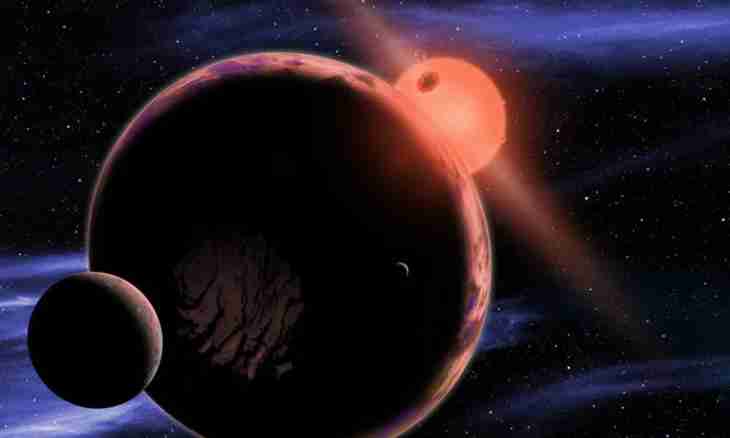The person so got used to change of day and night, a change of seasons, the provision of stars in the sky that he in everyday life does not think why all these phenomena occur quite so. And even less often remembers that all of them are constant, periodical, interconnected and natural.
From the moment of a Big Bang space weight began "to run up" in different directions and to form galaxies (congestions of stars), in galaxies star (solar) systems were formed. Each star represents a ball of fire which more powerfully and more major planet, a comet or an asteroid.
The star attracts the weight, the gravitational field a huge number of other, smaller space bodies. These objects rotate on a certain trajectory, t.e cover the distance around the main star. This way was called an orbit.
Along with rotation around the Sun objects move round its pivot-center. When the planet turn "back" to a star – on side of "face" there comes night. Speed of the address of a body around itself determines duration of "day". For each space body the day lasts differently. For some planets which are a part of the solar system, day makes 59 days (to terrestrial measures) as, for example, for Mercury. For Earth day – 23.56 hours. For Jupiter - 9 hours 50 minutes. In the solar system many (but not all) bodies move round its pivot-center clockwise, but such planets as Venus and Uranium rotate in the opposite direction. For the inhabitant, but not for the astrophysicist, the orbit has only two characteristics: duration and extent. The orbit can have various form: extended (ellipsoidal), circular, etc. Gradually addressing, planets move around the sun. Perhaps, once their orbits were crossed. But after several collisions they were established such what they are seen by mankind today. On those planets which are located closer to a star, duration of year, i.e. orbit extent much less, than at those which are on "boondocks" of a system. When the planet moves away from the Sun, there comes the winter, and with approach to it there comes the summer. For example, the planet, closest to the Sun, – Mercury - duration of year has 88 days. At the third planet – 365.26 days. Always the same, but people for simplification of calculations, consider 3 times on 365 and 1 times 364 days. T.e they multiply 0.25 days by 4 that in total makes the day which "ran" in three years and subtract it. And at Jupiter, year lasts 11.86 terrestrial years.

